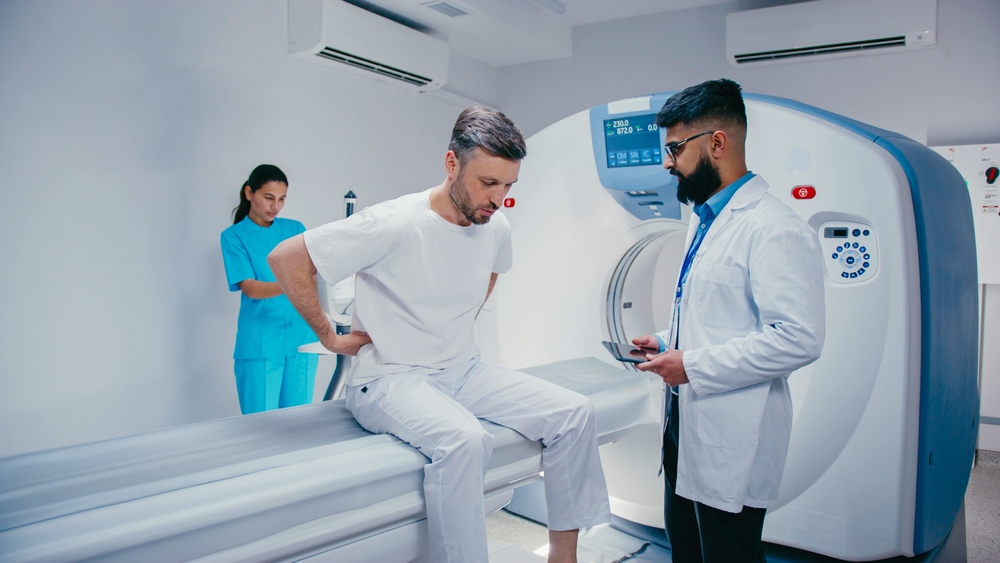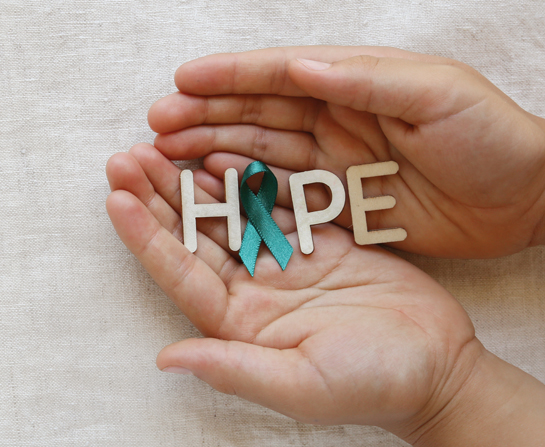Back pain can stop you in your tracks but rushing for an MRI or a “quick fix” often makes things worse. Consultant orthopaedic surgeon Associate Professor Dr Sanjiv Rampal explains why most cases of acute low back pain heal best with movement, simple medication, and patience. Here’s how evidence-based treatment gets you back on your feet faster, safer, and smarter.
WORDS ASSOCIATE PROFESSOR DR SANJIV RAMPAL
 FEATURED EXPERT FEATURED EXPERTASSOCIATE PROFESSOR DR SANJIV RAMPAL Consultant Orthopaedic Surgeon School of Medicine IMU University Website | Instagram | Facebook | X (Formerly Known as Twitter) | TikTok |
If you’ve ever felt that sharp, stabbing pain in your lower back, you’re in good company.
Acute low back pain — or pain lasting less than 3 months — is one of the top reasons Malaysians see their general practitioner or GP.
WHEN BACK PAIN STRIKES, MANY OF US PANIC
We rush to chiropractors, bone setters, or straight to the magnetic resonance imaging (MRI) scanner.
But here’s the truth: most of these “quick fixes” do more harm than good.
They drain your wallet, delay proper recovery, and feed a costly cycle of unnecessary treatments.
What actually works is Evidence-Based Medicine (EBM):
- EBM means using the best scientific proof to decide what treatment works — not guesswork, old habits, or internet fads.
- Treatments based on EBM are tested, measured, and shown to actually help patients recover faster and safer.
- Using EBM means less trial and error and, subsequently, less money spent on treaments that don’t work.
THE EBM APPROACH TO BACK PAIN
Is the pain caused by a slipped disc?
That’s the first thing most people fear and in 9 out of 10 cases, they are wrong!
Most acute back pain is non-specific.
- Usually, there is no tumour, fracture, or infection.
- The cause is usually mechanical in nature, due to:
- Muscle strain from lifting something awkwardly
- Weak core muscles, common for those of us with desk jobs
- Poor posture from slouching on the sofa or at your laptop.
- Your GP can handle these issues perfectly well. You don’t have to rush straight to a specialist for a scan at this point.
Sensible Tips to Handle Your Lower Back Pain
Don’t rush to get a scan
- There is no need for X-rays, CT scans, or MRIs in the first 4 to 6 weeks.
- For simple back pain, the scans will often show “wear and tear” that sounds alarming but are usually nothing serious.
- Trust your doctor’s assessment instead.
Movement is a good medicine
- Gone are the days of lying flat in bed. Gentle, steady movement helps you heal faster.
- Therefore, stay active; avoid bed rest beyond 1 or 2 days. Return to doing light work as soon as you can.
- Gentle exercises that extend your spine (like yoga, tai chi, or even Zumba) often help.
- Try simple stretches such as knees-to-chest or pelvic tilts.
- Use heat or ice if needed for short-term comfort.
Start with light medications
Your doctor’s plan will start simple:
- Paracetamol or a common non-steroidal anti-inflammation drug (NSAID) usually is effective enough.
- Muscle relaxants may be added briefly if spasms are bad.
- Avoid opioids, as they are not necessarily better for back pain and can cause dependency and side effects.
PREVENTING THE NEXT BACK PAIN ATTACK
Active management is your best defense.
- Ask for a referral to a physiotherapist so that you can learn the proper ways to stretch, lift, and strengthen your back.
- Fix your posture, especially if you sit long hours.
- Maintain a healthy weight as this will take pressure off your spine.
WHEN TO SEE A DOCTOR
Most back pain is harmless, but these red flags need urgent attention.
Nerve Trouble
- Sudden loss of bladder or bowel control
- Numbness in the buttocks or groin
- New weakness in the legs
Trauma Pain
- Pain after a serious fall or car accident.
Systemic Signs
- Pain in those under 20 or over 55
- Unexplained weight loss
- Fever
- Chills
- Night sweats
- History of cancer
Non-Resolving Pain
- Severe or worsening pain despite having taken medication
- Sciatica running past the knee
| Sciatica is a sharp, shooting pain with numbness or tingling that travels down one leg, sometimes all the way to the foot. It is usually caused by a slipped disc or muscle spasm that presses on a nerve in the lower back called the sciatic nerve. |
TAKE CHARGE OF YOUR BACK
You have more control than you think.
- The best treatment for acute back pain is movement, not fear. Exercise early, use simple medication wisely, and stay alert for warning signs.
- Avoid unproven treatments that promise miracles. By trusting evidence-based care and making movement part of your daily routine, you can recover faster, save money, and help build a healthier, more efficient healthcare system for everyone.
Move early. Stay positive. Trust the evidence.
| This article is part of our series on keeping our spine and bones healthy. |








